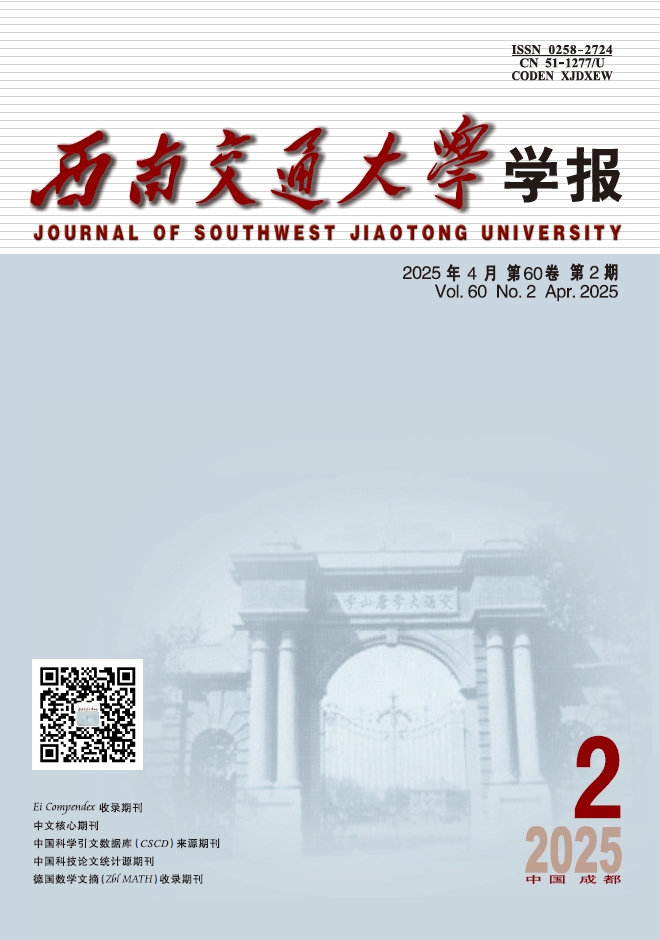2019 Vol. 54, No. 5
Display Method:
2019, 54(5): 1-2.
Abstract:
Efficient Compression Algorithm for Improving Visual Quality ofWeak Targets in High Precision Images
2019, 54(5): 1012-1020.
doi: 10.3969/j.issn.0258-2724.20180180
Abstract:




 Advance Search
Advance Search
 Email alert
Email alert RSS
RSS [Abstract]
[Abstract] [FullText HTML]
[FullText HTML] PDF 343KB
PDF 343KB Supplements
Supplements [Cited By]
[Cited By]